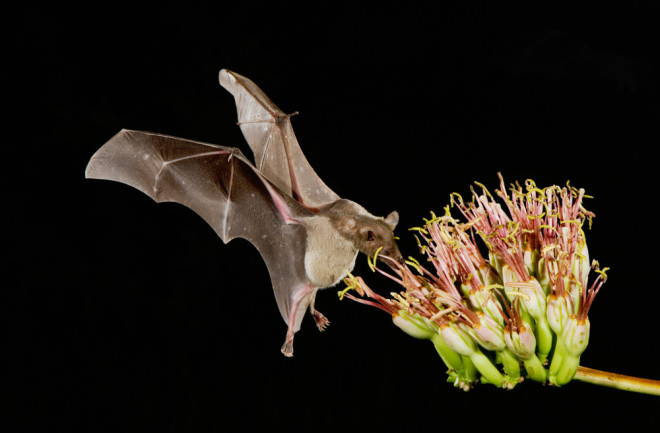Bats often get a bad rap. They’re known mostly as characters in spooky myths or Halloween stories. But these flying mammals are responsible help keep ecosystems in balance and our food economy humming.
Bat Species and Their Abilities
Bats comprise one fifth of all living mammal species and are found everywhere on Earth except the ice-covered poles. They first appeared on Earth over 50 million years ago, long before humans. While many people assume bats are related to rodents because of their size, taxonomic research shows they’re more closely related to horses.
All 1,462 known species of bats are of the order Chiroptera, which means “hand-wing” in Greek. The smallest species, the Bumblebee Bat found in Southeast Asia, measures just 1 to 3 inches and weighs less than one tenth of an ounce, while the largest species, the Giant Golden-Crowned Flying Fox in the Philippines, has a wingspan up to 6 feet.
Like toothed whales, bats use echolocation — sound cues — to navigate and locate prey. Fishing bats, for instance, can detect a minnow’s fin as thin as a strand of human hair poking just a couple millimeters above the water’s surface. The African Heart-Nosed Bat can hear a beetle walking on sand from more than six feet away.

